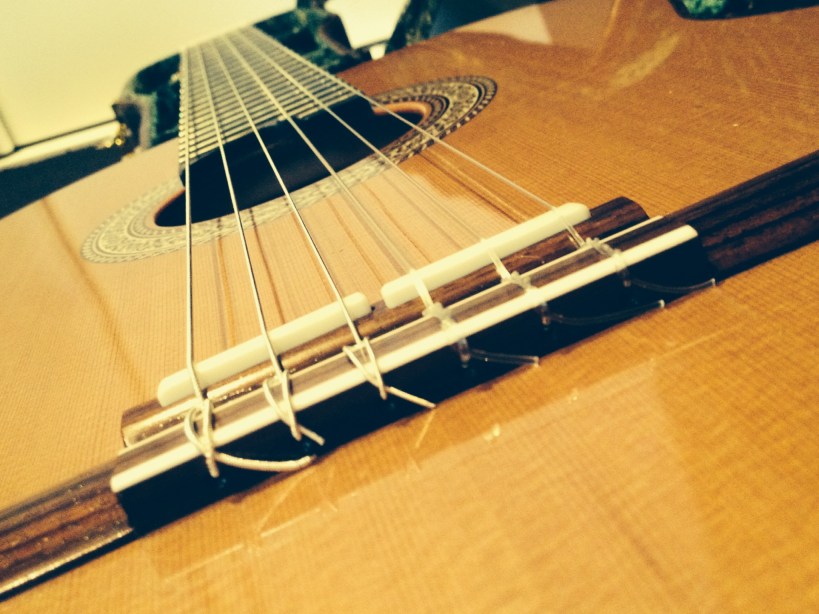I’ve had some questions recently (and not so recently that I’ve not fully responded to as yet – apologies) with respect to the selection of studies and the role they play in your practice. So I thought I’d put a few words together for you on my thoughts
There’s no doubt that studies, for the beginner, intermediate and even advanced classical guitarist, can be very helpful indeed. But like anything, all in moderation and considered thoughtfully as to their purpose and what you want to achieve by playing or studying these kinds of pieces.
For those not familiar with the term “studies”, these are pieces of music, often relatively short in length, with a particular didactic purpose. This ranges from everything from left hand studies, focussing on things like barrés, upper fret positions, or cross string movements, to right hand studies, focussing on things like “a” finger movements, multi-finger chordal playing or arpeggios and pretty much anything in between. There are even studies relating to playing in different keys, some of which make for pretty interesting playing (think keys with more than one or two flats!).
And there are a whole world of studies out there. More than you could probably every want to play to be honest! And probably more than you’d ever need and find useful too.
So why would you play studies (or études you may also see them called, in French)? Well, if there’s a particular technical difficulty or challenge you’re experiencing in a piece you’re learning or aiming to learn you might want to select a study or two relating to that particular technical aspect. Or if you’re wanting to strengthen a particular part of your playing that you feel is a little weak picking some studies in relation to that aspect can help and give a bit of focus to your technique outside of the repertoire pieces you’re learning or playing.

In terms of what I use and have used, and to give you some guidance as to potentially where to start, here are some pointers (I can’t give specifics really as we’re all different with differing strengths and weaknesses – although if any of you want to message with questions on specifics on more than happy to answer here):
- Think about what it is you want to strengthen or work on – be mindful and focussed on what it is you want to work on to select material that is most helpful right now.
- The book “Pumping Nylon” by Scott Tennant is a great go-to book with a collection of all sorts of different studies, short and slightly longer, covering pretty much all technical aspects of classical guitar technique. A pretty useful, and cost-effective, approach to picking different studies to work on. I definitely called on this book a fair bit in my developmental years and dip into it every now and then to get back to basics.
- Giuliani’s 120 right hand studies – wee little vignettes – are fantastic for developing all sorts of right hand techniques. Highly recommend.
- Some of the more musical examples of great studies and études to incorporate are Fernando Sor’s many études for the guitar. I personally love Op.29 No.13 in B flat major. It’s a really beautiful piece and introduces (or re-introduces) you to the delights (meant non-sarcastically) of playing in this little-used key on the guitar.
- If you want to check out some brand spanking new study-type pieces check out Dan Nistico’s latest offering looking at the moods, feelings, emotions, and colours of each and every major and minor key: http://danielnistico.weebly.com/books.html
PS – And apparently, for those that are into such things, Classical Guitar n Stuff has been named in Feedspot’s Top 75 Guitar Blogs on the tinterwebs. Hah!


